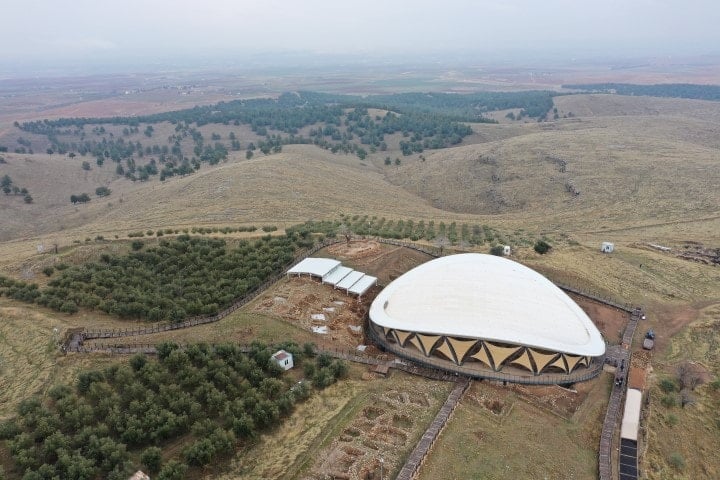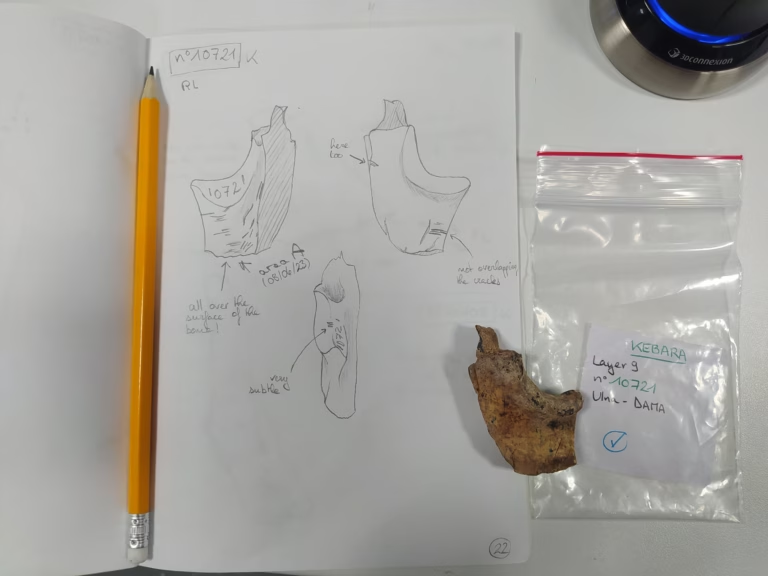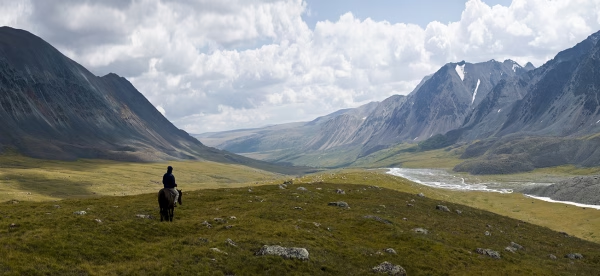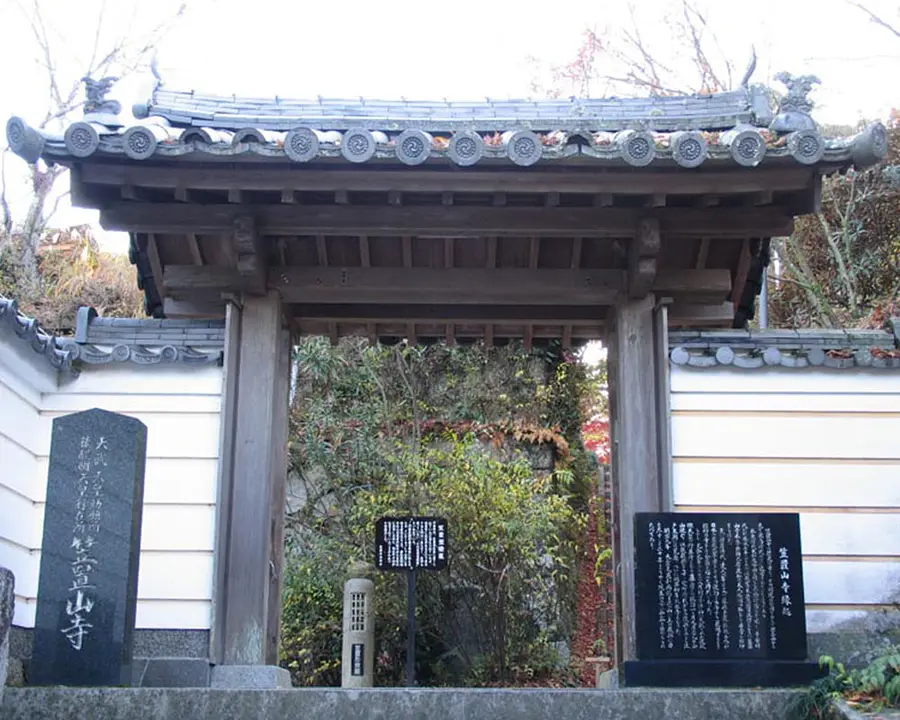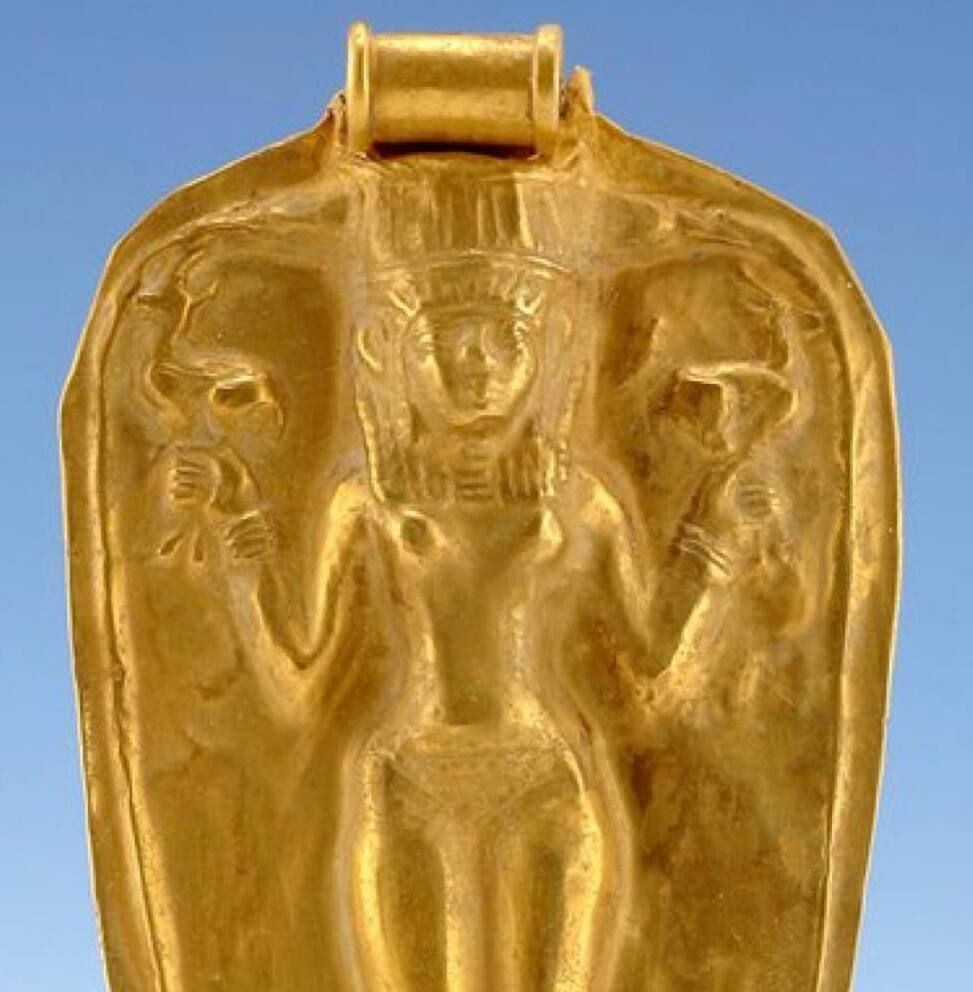Göbekli Tepe is an important archaeological site listed as a UNESCO World Heritage Site, known as the “zero point of history.” The olive trees located here are being relocated to another area to allow for the expansion of the excavation site and to prevent damage to the historical remains. The excavation director, Prof. Dr. Necmi Karul, emphasizes the necessity of moving these trees to ensure that their roots do not harm the archaeological artifacts beneath the surface.
Since the start of excavation work in 1995, the number of olive trees in the region has increased, according to Karul, who points out that this growth poses a risk of the roots damaging the remains. Therefore, it was essential to wait for the right season for the relocation, and he stated that now is an ideal time for this process.
Teams coordinated by the Şanlıurfa governorship are carefully relocating the olive trees without cutting them down or damaging their roots. Following the relocation, the regional Forestry Directorate will initiate a rehabilitation process. Some trees will be directly planted in new areas, while others will be kept in pots until the ideal planting time arrives.
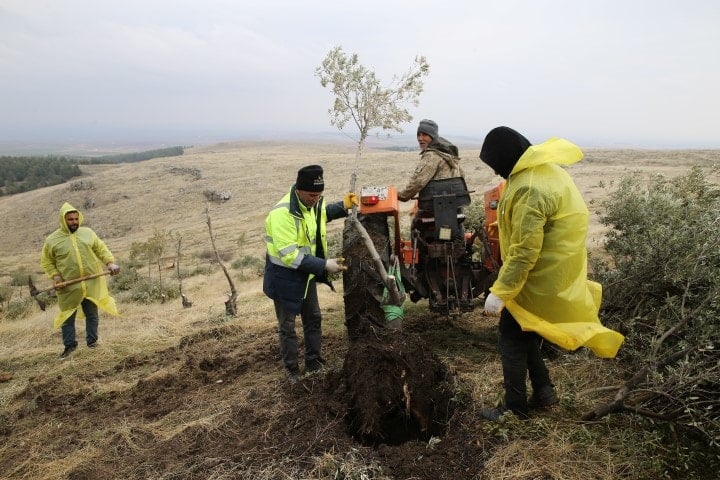
Prof. Dr. Karul also mentioned that they will conduct geomagnetic measurements in the area where the olive trees are being moved to determine the excavation strategy for the following year. He noted that their priority at Göbekli Tepe is to protect the structures under conservation, while also expanding the excavation area. Approximately 800 olive trees are planned to be relocated, with some of them being up to 15 years old.
The relocation of the olive trees is considered an important step for both the preservation of the archaeological site and the expansion of excavation efforts. This process will contribute to the protection of Göbekli Tepe’s historical and cultural heritage.
